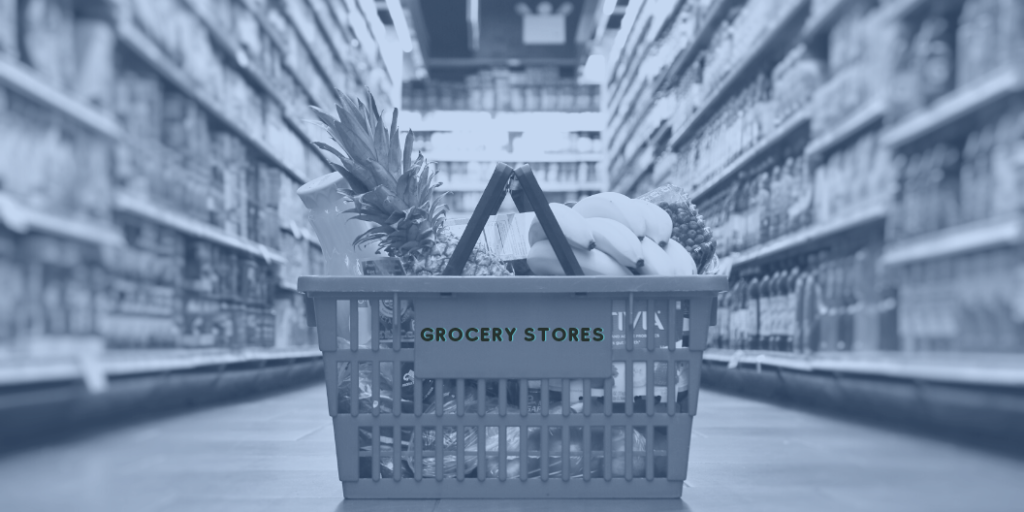The changes COVID-19 are introducing to our way of life is astounding, and in all likelihood, permanent. Putting aside the health pandemic, which is clearly severe and shouldn’t be understated, the disease is changing consumer behavior. In just a few weeks, I’ve seen brick & mortars being laid to waste, as fears of germ spreading have either led to government-mandated closures or forced store proprietors to close due to lack of customers.
Not surprisingly, the result is a boost in online shopping. Amazon, for example, announced they were hiring 100,000 new workers to meet the rising demand of online shoppers. This online behavior isn’t unexpected; it just came a lot sooner than the 2025 prediction date I had circled in my calendar. Online grocery sales were expected to hit $100B that year, and Cognizant began their The Road to 2025 white paper by stating “In 2025, the retail store as we know it is dead.” The coronavirus, however, sped up the timetable, and now omnichannel retailers need to rethink their online strategy.
If Omnichannel Retailers are Already Online, What Changed?
Omnichannel retailers typically started out as physical stores, before they expanded into online sales. The mindset for many of these companies is that the physical store, regardless of actual sales numbers, is their primary store, while their online offering is an added service to customers, or acts a lead-generator for the retail outlets.
I believe that as a result of that attitude, their online stores are lacking in several material ways. First, retailers have shied away from having different online and offline pricing. Second, retailers have tended to view local competitors as their main competition, since they didn’t feel they had the infrastructure to compete with online rivals. Third, their offline presence has driven the product and services mix, and is limited to that which can be provided in store.
With the future of offline retail seriously in doubt, it’s time for omnichannel retailers to increase their online efforts, and change the way they do business.
Pricing and Competition
In my role as CEO of Quicklizard, I’ve seen many omnichannel retailers make some incredible changes in just a week since the virus emerged. There is a big opportunity here, which can cover the losses from offline stores, and generate a 3X-4X sales increase.
Now that retailers are no longer hindered by the constraints of a physical store, I am seeing a much stronger embrace of dynamic pricing. Retailers are focusing on a new field of competitors. Truthfully, these competitors have been there all along, but with a focus on generating offline sales, not enough attention was given to them.
Dynamic pricing allows retailers to consider competitor prices when determining a price. It also factors in inventory levels, which may not be as reliable with coronavirus-related shutdowns throughout the supply chain, as well as buyer behavior and other environmental factors.
To be clear, dynamic pricing is NOT about taking advantage of customers by presenting a high price. No reasonable person would advocate hurting consumers during a time of crisis. Putting aside the morality and legality of price gouging for a moment, taking advantage of consumers for a short-term profit would hurt your brand over the long term.
Rather, dynamic pricing is about presenting a competitive price designed to increase profits and sales. These prices, which are no longer constrained to match offline store prices, can adjust rapidly to meet the changing nature of the marketplace.
Updating Your Product and Services Mix
I work with an IT retailer who normally sells laptops, printers, and related home electronics. Over the past month, with so many people transitioning to working at home, this retailer made two key changes to their business model.
First, they added additional product lines. Recognizing that many of their customers would be working from home for the first time, they started offering new product categories for stay-at-home workers. These included office furniture, filing cabinets and office supplies. This was an easy upsell that they were never able to do in the limited retail space.
Second, they started offering more services. Instead of shipping laptops with only the operating system on them, they offered installation services where they would install software on computers, and consulting services for how to best set up a home workstation.
This is just one example of a company that I work with that is changing their assortment to meet the needs of their customers during a period of great upheaval and change. I’ve seen it across a number of industries, and I expect to see many more businesses either make this transition, or find themselves struggling to serve customers.
Looking Ahead
These changes taking place in the market aren’t short-term band-aids that will dissolve the minute a vaccine is developed for COVID-19. The changes in consumer and societal behavior were coming anyway, and simply arrived five years earlier than expected. The strategic moves retailers make today to adjust to this reality will benefit their businesses for the long term.
To help businesses transition to this shift in consumer behavior, Quicklizard is offering a 2-day consulting session. Based on best practices that we’ve developed and implemented in the market, we can help you become a pure online player.









